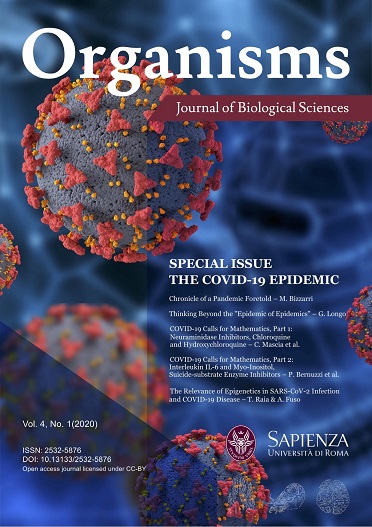Mesoscopic Cell Mechanobiology and the Problem of Cancer
DOI:
https://doi.org/10.13133/2532-5876/16962Abstract
Statistically based model of the DNA ensemble evolution allowed the formulation of mechanobiological approach linking the open complex dynamics and different scenario of gene expression related to normal and cancer cell behavior. It was shown the correspondence of open complex dynamics to specific type of criticality in mesodefects (open complex) ensemble (the structural-scaling transition) in the presence of qualitative different nonlinearity of the mesoscopic potential associated with the epigenetic landscape. The role of open complexes is similar to the mesoscopic defects and provides the cell plasticity or the cell fragility depending on the structural susceptibility of the cytoskeleton structure and the types of collective modes of defects (open complexes). These modes are responsible for the DNA transformation leading to the natural cycle of gene expression and spontaneous cell division as the cancer precursor. The WTMM analysis of the phase thickness fluctuations after the Laser Interference Microscopy of living cells shows the log-normal and power law statistics for normal and cancer scenario that are linked to multi- and monofractal dynamics of open complexes.
Citation: Naimark, OB, Bayandin, YV, Grishko, VV, Nikitiuk, AS, 2020, “Mesoscopic Cell Mechanobiology and the Problem of Cancer”, Organisms: Journal of Biological Sciences, vol. 4, bo. 1, pp. 42-56. DOI: 10.13133/2532-5876/16962.
Downloads
Published
How to Cite
Issue
Section
License
Copyright Agreement with Authors
Before publication, after the acceptance of the manuscript, authors have to sign a Publication Agreement with Organisms. The authors retain all rights to the original work without any restrictions.
License for Published Contents

You are free to copy, distribute and transmit the work, and to adapt the work. You must attribute the work in the manner specified by the author or licensor (but not in any way that suggests that they endorse you or your use of the work).





